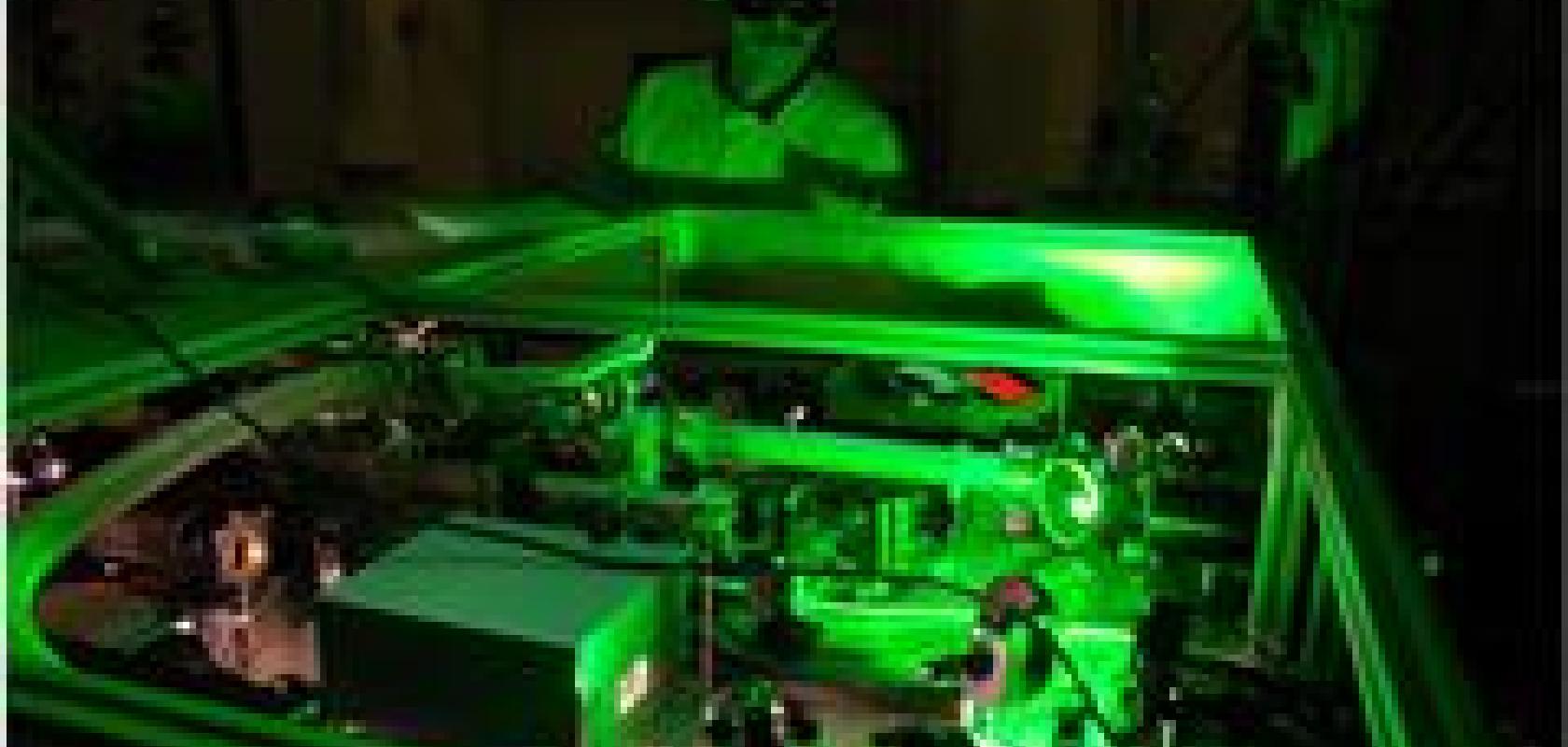The construction of what will be the most powerful laser in the world has begun; it will be installed at the European Union’s Extreme Light Infrastructure Beamlines facility near Prague in the Czech Republic. The development of the ultra-intense laser system is part of a $40 million contract involving a consortium of specialist laser and glass companies as well as university experts, and will advance the European scientific community in the field of frontier physics.
The laser system will be capable of producing peak power in excess of 10 petawatts, making it the most powerful laser of its class in the world. It will be one of the four major beamlines at the new ELI-Beamlines facility that will allow new research in areas such as plasma and high energy density physics, particle acceleration and investigations into molecular, biomedical and material sciences.
A $40 million contract to design, construct, and deliver the laser system to the facility was awarded to a consortium led by National Energetics in partnership with Ekspla. National Energetics of Texas, USA, has years of experience building and using petawatt-class, high-energy ultrafast laser systems, and Lithuanian company Ekspla has extensive experience in lasers and power supply manufacturing.
The UK’s Science and Technology Facilities Council (STFC) has delivered a £2.2 million laser amplifier head to the ELI facility as part of a contract between STFC’s Centre for Advanced Laser Technology and Applications (CALTA) and the Czech Republic’s Institute of Physics. The laser technology builds on that developed for DiPOLE by STFC, which combines high pulse energy with a high repetition rate.
In addition to the two main consortium team members, Schott in Germany will supply the laser glass, which will be used in the large aperture laser amplifiers. Lawrence Livermore National Labs (LLNL) will be subcontracted to supply technology support and to manufacture the specialised gratings.
The laser system will yield pulse energies in excess of 1.5kJ and pulse widths of approximately 150fs delivered at a repetition rate of one shot per minute. Technologies from the previously deployed Texas Petawatt laser in Austin, which were developed in collaboration with the University of Texas, will be employed in the new system. One example includes optical parametric chirped pulse amplification followed by high-energy amplification in glass disc amplifiers, which requires two kinds of laser glass.
This 10-petawatt laser represents a major component of the ELI-Beamlines facility development, explained Professor Jan Ridky, director of the Institute of Physics of the Academy of Sciences of the Czech Republic: ‘Placement of the 10PW laser contract concludes a major period of the ELI-Beamlines project: now, the design is completed and the construction of all laser systems, the heart of the future facility, will have started.’ Ridky added: ‘The facility will obtain a unique and powerful tool that will help the world’s research community to essentially advance knowledge in ultra-high-field frontier physics.’
The system will be assembled in Austin, Texas, before delivery, installation and commissioning at ELI-Beamlines. The project is on track for completion in 2017.
‘This laser pushes the boundaries of current laser technology toward peak powers yet to be seen in the laboratory. The techniques which will be utilised to realise such a dramatic improvement in peak power and high energy repetition rate will, without a doubt, have a major impact on the development of many high peak power ultrafast laser systems in the future,’ said Todd Ditmire, president of National Energetics.


